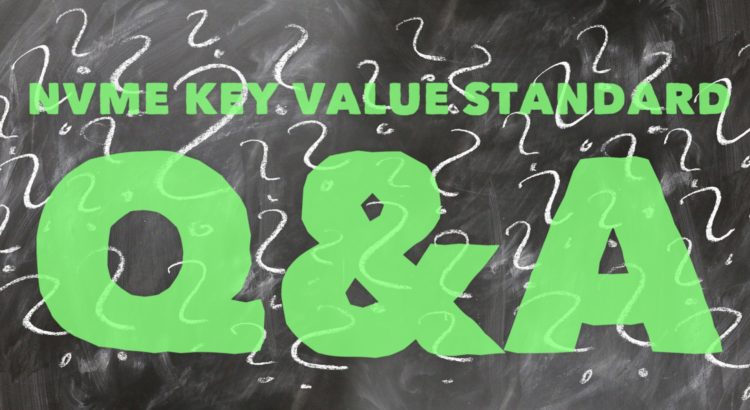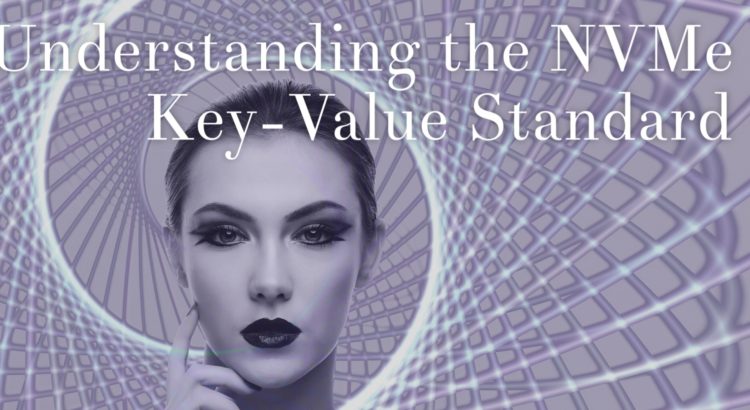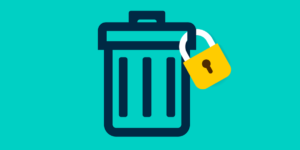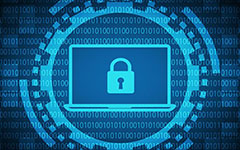
Category: Storage Standards


Understanding the NVMe Key-Value Standard
SNIA’s Self-contained Information Retention Format (SIRF) v1.0 Published as an ISO Standard

IBM Research – Haifa
The SNIA standard for a logical container format called the Self-contained Information Retention Format (SIRF) v1.0 has now been published as an ISO standard thanks to the diligence and hard work of SNIA’s Long Term Retention Technical Work Group (LTR TWG).This new ISO standard (ISO/IEC 23681:2019) enables long-term hard disk, cloud, and tape-based containers a way to effectively and efficiently preserve and secure digital information for many decades, even with the ever-changing technology landscape.
The demand for digital data preservation has increased in recent years. Maintaining a large amount of data for long periods of time (months, years, decades, or even forever) becomes even more important given government regulations such as HIPAA, Sarbanes-Oxley, OSHA, and many others that define specific preservation periods for critical records.
The SIRF standard addresses the technical challenges of long-term digital information retention & preservation for both physical and logical preservation. It is a storage container of digital preservation objects that provides a catalog with metadata related to the entire contents of the container, individual objects, and their relationships. This standardized metadata help interpret the preservation objects in the future. Read More
What Secure Data Deletion Means
 The European Commission, Directorate-General for Internal Market, Industry, Entrepreneurship and SMEs has issued COMMISSION REGULATION (EU) 2019/424 on 15 March 2019 laying down eco-design requirements for servers and data storage products pursuant to Directive 2009/125/EC of the European Parliament and of the Council and amending Commission Regulation (EU) No 617/2013.
The European Commission, Directorate-General for Internal Market, Industry, Entrepreneurship and SMEs has issued COMMISSION REGULATION (EU) 2019/424 on 15 March 2019 laying down eco-design requirements for servers and data storage products pursuant to Directive 2009/125/EC of the European Parliament and of the Council and amending Commission Regulation (EU) No 617/2013.
While the focus is energy-related requirements, embedded in this regulation is a requirement for servers and storage systems having 4-400 drives (systems with less or more are exempted) to have an ability to perform secure data deletions; this functionality is required from 1 March 2020.
“Secure data deletion” means the effective erasure of all traces of existing data from a data storage device, overwriting the data completely in such a way that access to the original data, or parts of them, becomes infeasible for a given level of effort. Read More
Security Watch

Issues related to security have great importance in IT today. SNIA is participating in the creation of international standards with leading security-focused industry organizations. Here’s an update on recent activities from the SNIA Security Technical Work Group (TWG):
Transport Layer Security
- The SNIA Security TWG is keeping a keen eye on the TLS 1.3 landscape, which is starting to get interesting since the IETF approved RFC 8446 last August. TLS 1.3 is significantly different from previous versions and it is expected to have an impact on the mandatory elements for the SNIA TLS Specification for Storage and ISO/IEC 20648:2016, which are based on TLS 1.2. While TLS 1.2 is still valid and will be for some time, it is important to keep in mind that ISO standards like ISO/IEC 20648:2016 have a 5-year shelf life. SNIA plans to work on an update later this year so that a new specification is in place in 2021.
Data Security is an Integral Part of any Business Endeavor
In the wake of all the data breaches, privacy scandals, and cybercrime in the world these days, it can be worrisome if you’re responsible for keeping your company and customer data safe. Sure, there are standards to help you plan and implement policies and procedures around data security, like the ISO/IEC 27040:2015 document. It provides detailed technical guidance on how organizations can be consistent in their approach to plan, design, document and implement data storage security.
While the ISO/IEC 27040 standard is fairly thorough, there are some specific elements in the area of data protection — including data preservation, data authenticity, archival security and data disposition — that the ISO document doesn’t fully get into. The Storage Networking Industry Association (SNIA) Security Technical Working Group (TWG) has released a whitepaper that addresses these specific topics in data protection. One of a series of educational documents provided by the TWG, this one extends, builds on, and complements the ISO 27040 standard, while also suggesting best practices. Read More
SNIA Highlights Persistent Memory and Scalable Storage Management at Storage Field Day 13
![]() Following enthusiastic response to their first Storage Field Day in March, SNIA is returning to the lineup on June 15, 2017. Storage Field Day events bring together innovative IT organizations and independent thought leaders to share information and opinions in a presentation format that is lively – and live streamed.
Following enthusiastic response to their first Storage Field Day in March, SNIA is returning to the lineup on June 15, 2017. Storage Field Day events bring together innovative IT organizations and independent thought leaders to share information and opinions in a presentation format that is lively – and live streamed.
SNIA will present Storage Field Day #13 at their Technology Center in Colorado Springs, CO where organizer Stephen Foskett and a dozen delegates will tour the facility and interact with SNIA members on persistent memory and scalable storage management – two hot storage topics that consumers and the industry want to learn more about.